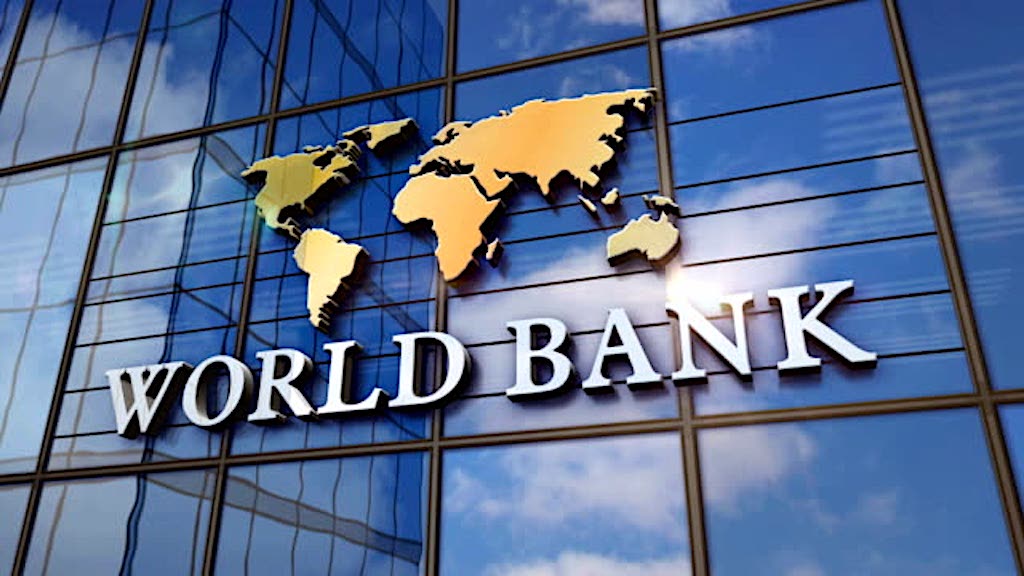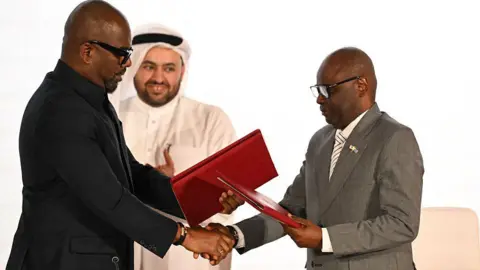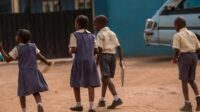Sub-Saharan Africa’s economic outlook is showing renewed optimism, with the World Bank projecting a stronger 3.8% growth rate in 2025, up from its earlier April forecast of 3.5%. The revision, announced in the latest edition of Africa’s Pulse report released on Tuesday, reflects improving macroeconomic conditions driven by falling inflation, recovering trade, and steady performance in major regional economies.
According to the World Bank, inflationary pressures that had gripped African economies over the past two years are beginning to ease, providing much-needed relief for households and businesses. The report noted that the median inflation rate across Sub-Saharan Africa dropped to 4.5% in 2024, and is expected to stabilise between 3.9% and 4% by 2026. The institution described this moderation as a “turning point” that could allow governments to shift their focus from crisis management to growth-oriented policies.
The World Bank forecasts that regional growth will continue to accelerate to an annual average of 4.4% over the next two years, with some of the continent’s largest and most dynamic economies Ivory Coast, Ethiopia, and Nigeria—leading the recovery. These economies are benefiting from improved agricultural output, expanding manufacturing capacity, and rising exports.
In Ivory Coast, strong investment in infrastructure and agro-industrial projects has positioned the country as one of West Africa’s fastest-growing economies. Ethiopia, despite political challenges, continues to post robust growth on the back of industrial diversification and infrastructure expansion. Meanwhile, Nigeria, Africa’s largest economy, has seen modest gains in non-oil sectors such as services, manufacturing, and technology, supported by foreign exchange reforms and efforts to curb inflation.
However, the World Bank cautioned that the region’s economic recovery remains fragile, warning that several risks could undermine progress. These include high public debt levels, persistent trade uncertainty, and the global repercussions of U.S. economic and trade policy shifts under President Donald Trump.
“Trade challenges remain very high,” said Andrew Dabalen, the World Bank’s Chief Economist for Africa. “We don’t know how this is going to be resolved because there are lots of negotiations going on.” Dabalen referenced the expiration of the African Growth and Opportunity Act (AGOA). This long-standing trade pact has provided duty-free access to U.S. markets for African exporters as a major source of concern. The lapse of AGOA, he said, could disrupt export earnings and weaken investor confidence in the region’s manufacturing and textile sectors.
Beyond external shocks, the World Bank underscored the urgent need for African nations to tackle unemployment and inequality. It urged governments to prioritize job creation, skills development, and labour reforms that ensure employment opportunities come with “better pay, stability, and upward mobility.” Without inclusive growth, the Bank warned, economic gains could fail to translate into tangible improvements in living standards.
Debt sustainability remains another pressing issue. Many African countries continue to face rising debt-servicing costs, limiting fiscal space for social and development spending. The World Bank called for coordinated regional efforts to strengthen debt transparency and restructure unsustainable obligations, while also improving domestic revenue mobilization through tax reforms.
Despite these challenges, the World Bank’s upgraded forecast paints a more hopeful picture for Africa’s near-term economic trajectory. The easing of inflation, coupled with an expected rebound in trade and investment, could mark the start of a more resilient growth cycle provided that policymakers remain proactive in addressing structural weaknesses.
If governments can balance fiscal discipline with investment in infrastructure, education, and technology, Sub-Saharan Africa may be on the cusp of a sustained recovery that boosts productivity and reduces poverty across the continent.
With an average growth projection of 3.8% in 2025 and the potential to reach 4.4% in the years ahead, the World Bank’s latest report signals that Africa’s economic resurgence is gathering pace but success will depend on how effectively nations navigate global uncertainty and harness the region’s vast potential for inclusive, sustainable development.














Leave a comment